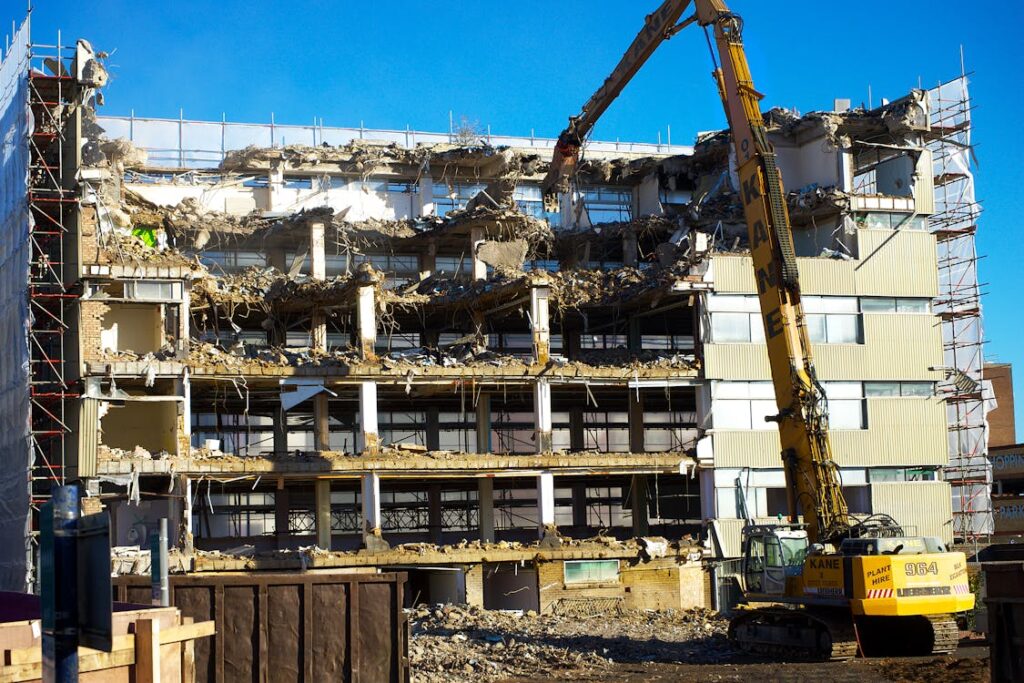
The March 27th Wall Street Journal article by Yusuf Khan discusses pressures on construction, real estate, and architecture companies to use recycled concrete in their building operations. The construction industry and buildings are major contributors to global carbon emissions, so public and private stakeholders are driving for a quick move toward sustainability and reduced carbon emissions. Traditional practices that rely heavily on virgin materials are giving way to a more circular approach that prioritizes the reuse and recycling of materials, minimizing the carbon footprint and therefore the environmental impact of buildings.
The Canary Wharf project in London is a pioneering example, which incorporates recycled concrete from nearby demolition sites, up to 20% recycled content per local regulations. Recent regulation changes indicate that these caps may soon loosen in favor of efficiency. The EU’s Energy Performance of Buildings Directive is pushing the industry towards sustainability by mandating energy efficiency upgrades for existing buildings, further reducing their environmental footprint.
A report by McKinsey & Company estimates that reusing concrete and cement could eliminate roughly 600 million metric tons of carbon dioxide emissions by 2050, but further action and innovation are needed to meet growing construction demands. Transparency throughout the construction supply chain is vital in achieving these ambitious sustainability goals. It seems clients are no longer content with simply knowing the cost of materials; they’re demanding information on the embodied carbon associated with each component used in their projects, which is understandable given the pressure toward growing awareness of the environmental impact of construction choices.
The recent SEC mandate requiring companies to disclose their emissions further reinforces this trend. As companies like Holcim, a supplier of recycled concrete for the Canary Wharf project, provide Environmental Product Declarations (EPDs) detailing the environmental impact of their products, stakeholders across the construction industry gain the necessary insights to make informed decisions that prioritize sustainability.
Embracing innovative practices that prioritize reuse, recycling, and transparency will allow the construction and cement industries to reduce their carbon footprint. This demands careful innovation and increased investment. In our next article on cement, we will discuss some of the startups aiming to create these changes, recently backed by vital funding. Please stay tuned and thank you for reading.